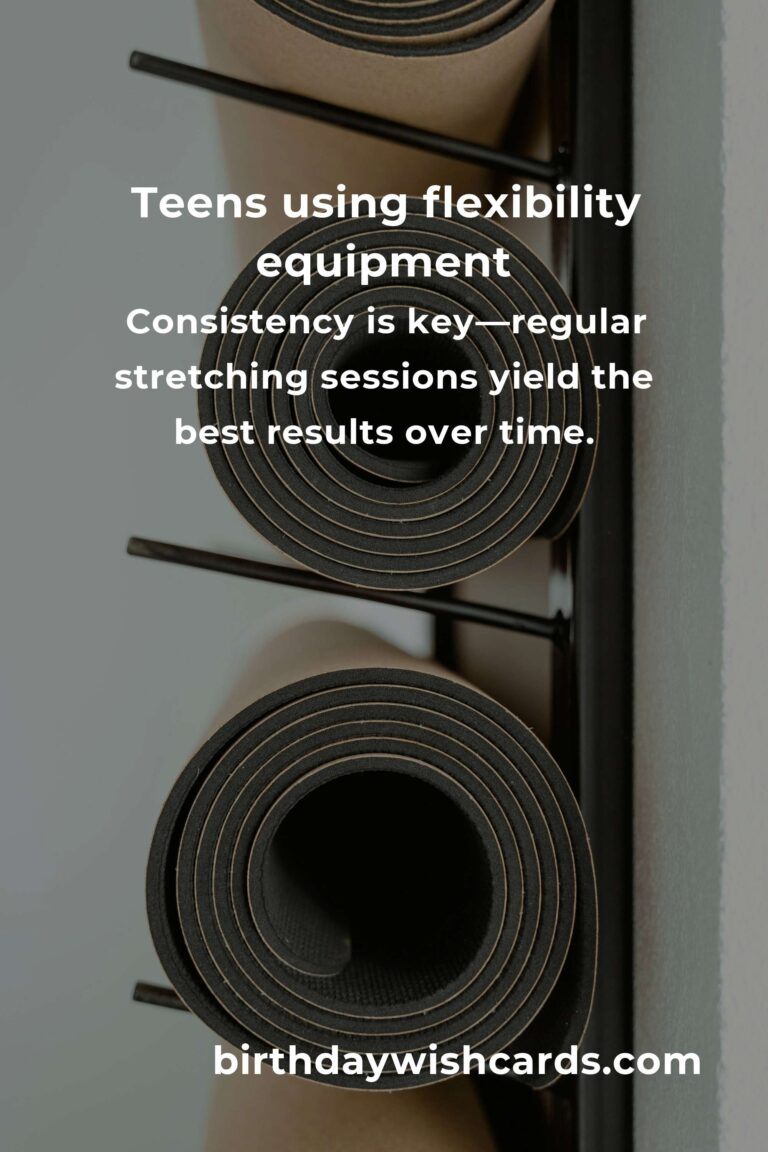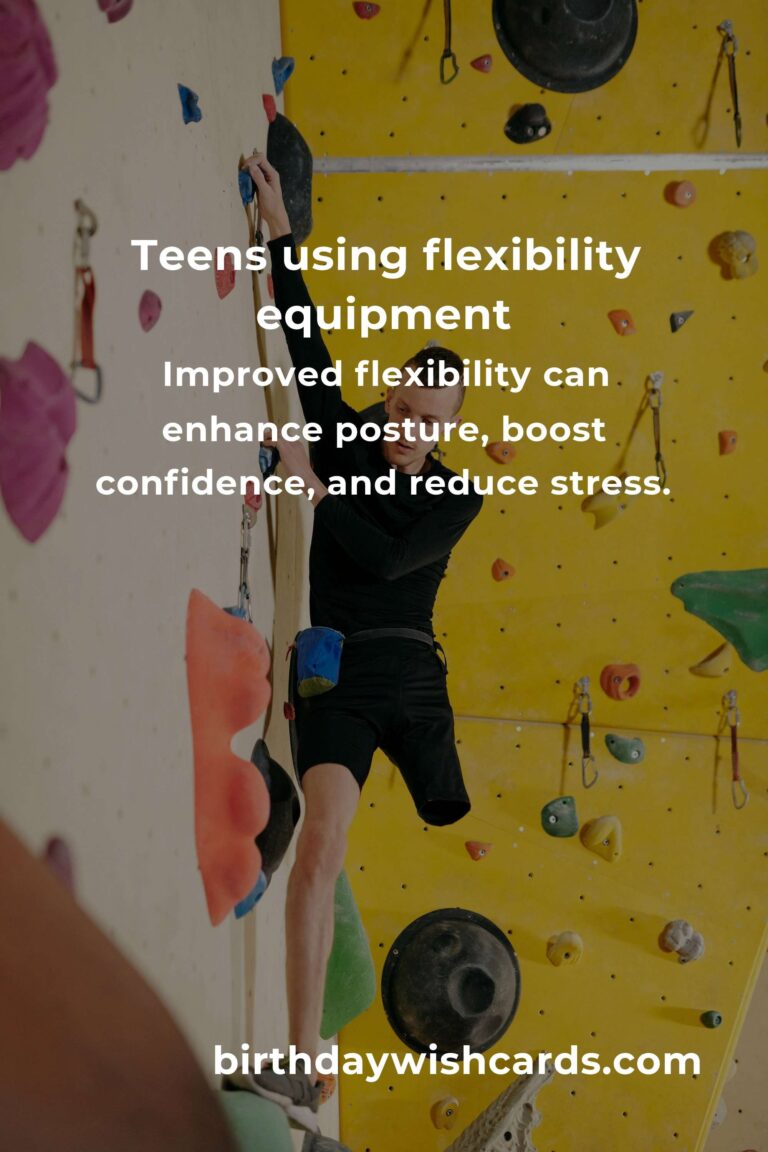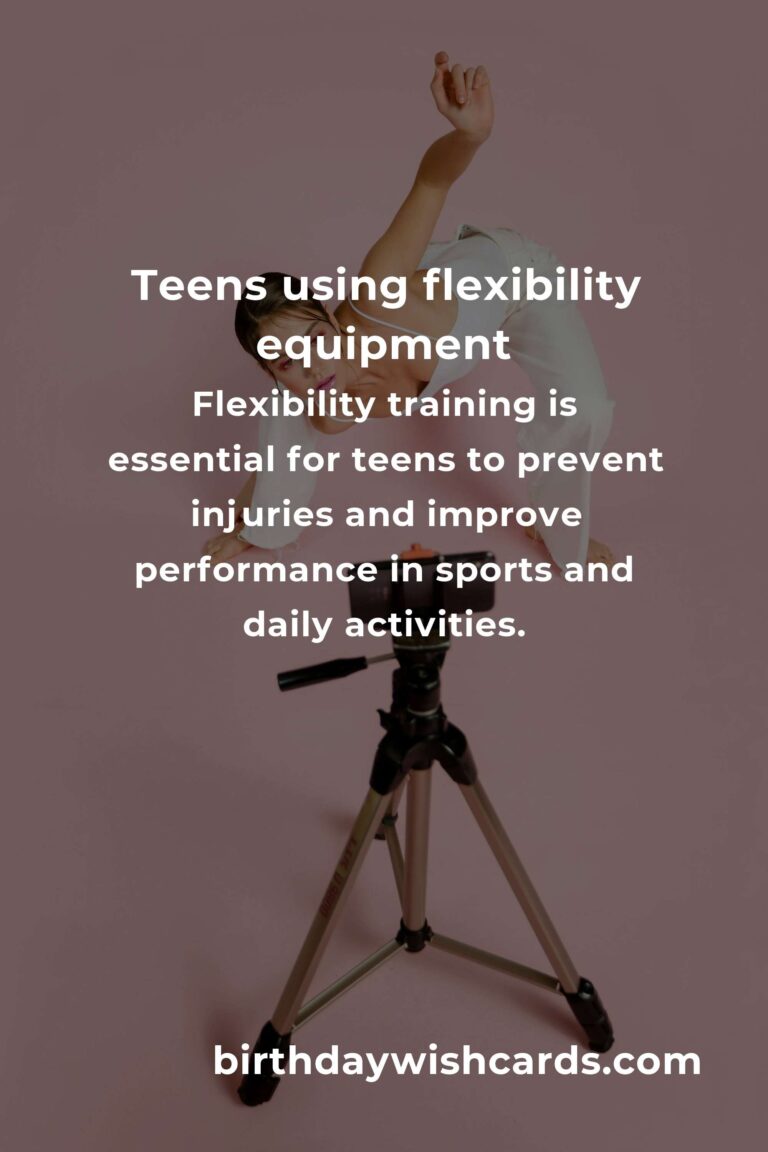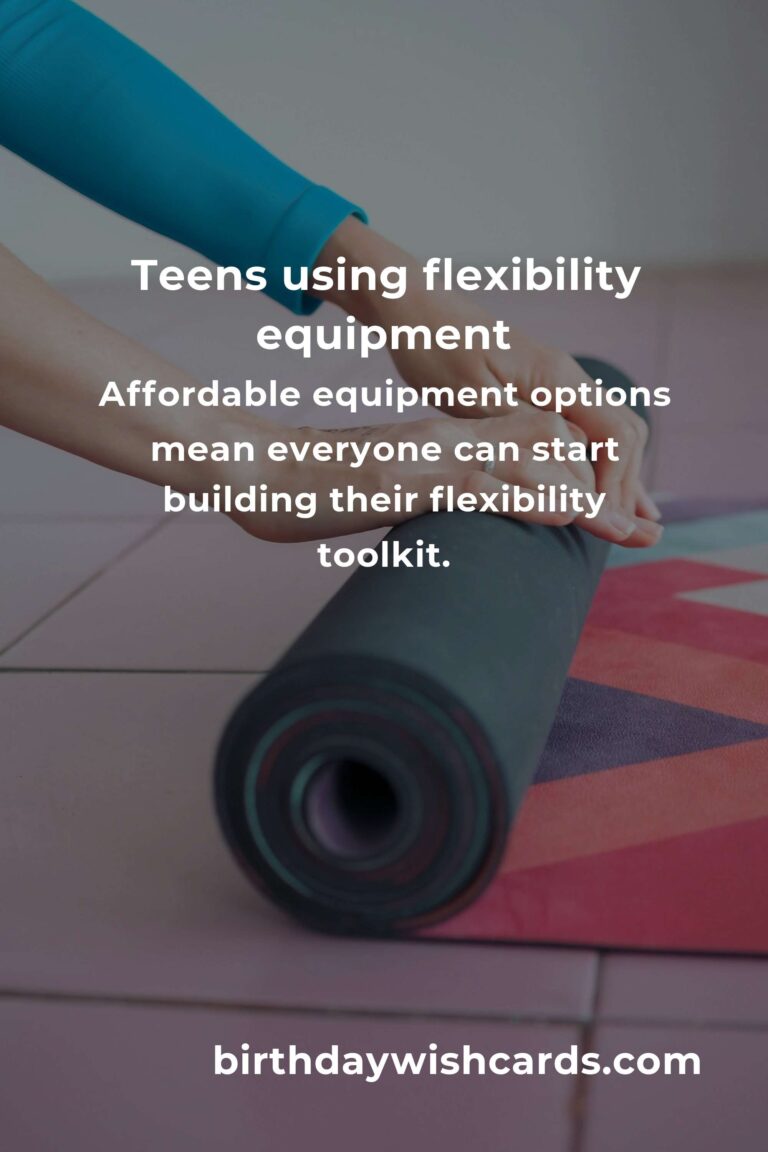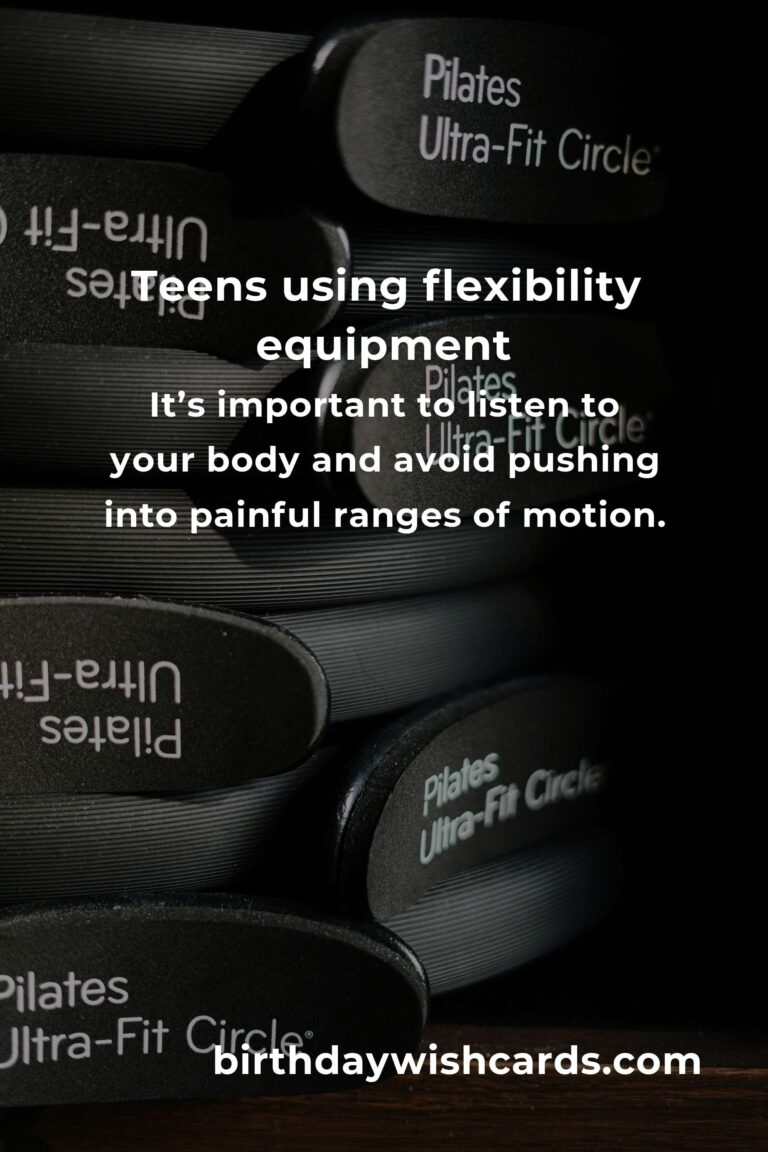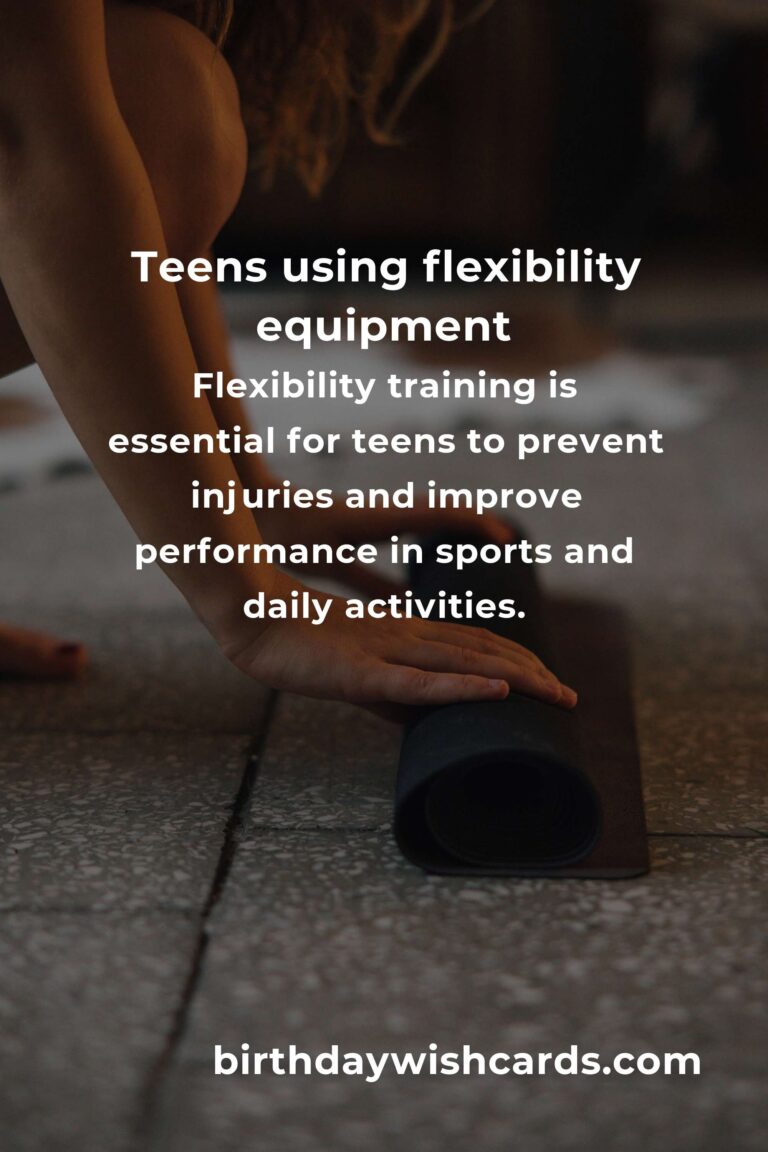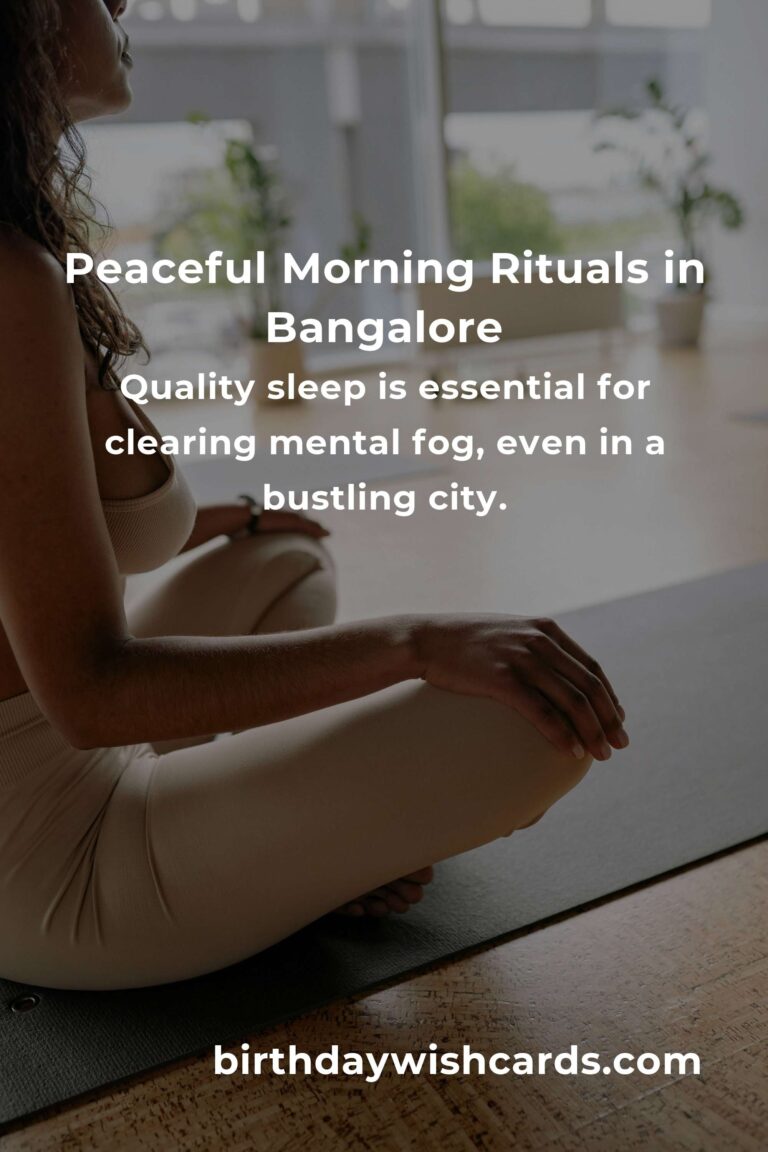
Flexibility is more than just being able to touch your toes or do the splits—it’s a crucial part of overall health, athletic performance, and even mental well-being. For teens, whose bodies are growing and changing rapidly, building flexibility can help prevent injuries, improve confidence, and enhance participation in sports, dance, or simply feeling good during daily activities. But with so much information out there, it can be overwhelming to know where to start, especially when it comes to choosing the right flexibility equipment. This guide is here to help you navigate the best tools, tips, and techniques to unlock your flexibility potential!
Why Flexibility Matters for Teens
During the teenage years, your body is growing at a rapid pace. Muscles, bones, and joints are developing, which can sometimes make you feel awkward or stiff. Here’s why focusing on flexibility now is so important:
- Injury Prevention: Flexible muscles and joints are less likely to get strained or sprained during physical activities.
- Better Posture: Stretching helps keep your back, shoulders, and neck aligned, which is especially important if you spend time on devices or at a desk.
- Improved Coordination: Flexibility training enhances your body awareness, balance, and coordination—skills vital for sports and everyday life.
- Boosted Confidence: Mastering new stretches or poses can build self-esteem and a strong sense of achievement.
- Reduced Stress: Stretching can be relaxing, helping you unwind after a long day at school or practice.
Understanding Flexibility Equipment
Before diving into the best gear, it’s important to understand what flexibility equipment is and how it can help. Flexibility equipment refers to tools designed to support stretching, mobility, and range of motion exercises. The right equipment can make stretching safer, more effective, and even more fun!
Top Flexibility Equipment for Teens
Here’s a breakdown of the most popular and effective flexibility equipment for teens, including how to use each tool and what to look for when buying.
1. Resistance Bands
Why Teens Love Them: Resistance bands are lightweight, portable, and affordable. They come in different resistance levels, making them perfect for beginners and more advanced users alike.
Best For: Deepening stretches for hamstrings, shoulders, and hips; warming up before sports; assisting with challenging poses in yoga or gymnastics.
How to Use: Loop the band around your foot or hand to gently pull yourself deeper into a stretch. Always move slowly and avoid bouncing.
2. Yoga Mats
Why Teens Love Them: A comfortable surface is essential for stretching. Yoga mats provide cushioning for joints and prevent slipping, making every stretch safer and more effective.
Best For: All floor-based stretches, yoga, Pilates, and bodyweight exercises.
How to Use: Place the mat on a flat surface. Make sure it’s clean and unrolled completely before starting.
3. Foam Rollers
Why Teens Love Them: Foam rollers are like a mini-massage for your muscles. They help release tightness and improve blood flow, which can make stretching easier and less painful.
Best For: Rolling out sore muscles after sports, increasing flexibility in legs, back, and glutes.
How to Use: Slowly roll your body over the foam roller, pausing at tight spots. Use your hands and feet to control the pressure.
4. Stretching Straps
Why Teens Love Them: Stretching straps make it easier to reach your toes, hold stretches longer, and improve your range of motion, even if you’re just starting out.
Best For: Stretching legs, arms, and shoulders.
How to Use: Loop the strap around your foot or hand and gently pull to deepen the stretch. Hold for 20-30 seconds, breathing deeply.
5. Yoga Blocks
Why Teens Love Them: Yoga blocks provide extra support and help you modify stretches to your level. They’re great for people who are working on flexibility and can’t quite reach the floor yet.
Best For: Supporting hands or feet in yoga poses; sitting or standing on to deepen stretches.
How to Use: Place the block under your hands, feet, or hips for added height and support during stretches.
6. Balance Boards
Why Teens Love Them: Balance boards challenge your stability and core strength, which is closely linked to flexibility and body control.
Best For: Improving ankle, knee, and hip flexibility; enhancing balance and coordination.
How to Use: Stand on the board with both feet. Try to maintain balance for 30 seconds, then gradually increase the time as you improve.
7. Massage Balls
Why Teens Love Them: These small, firm balls target knots and tight spots, especially in hard-to-reach areas like the back, glutes, and feet.
Best For: Trigger point release; increasing flexibility in small muscle groups.
How to Use: Place the ball under the tight muscle and gently roll over it, applying as much pressure as feels comfortable.
8. Doorway Stretchers
Why Teens Love Them: Doorway stretchers are designed to help improve flexibility in the legs, especially for dancers, cheerleaders, and martial artists.
Best For: Hamstring, hip, and leg stretches.
How to Use: Secure the stretcher over a sturdy door, place your foot in the loop, and gently pull to raise your leg. Always use with caution.
How to Choose the Right Flexibility Equipment
Every teen is unique, and the best equipment for you depends on your goals, sports or activities, and budget. Here are some tips to help you choose:
- Start Simple: If you’re new to flexibility training, start with a yoga mat and a resistance band. These are versatile and inexpensive.
- Consider Your Sport: Dancers may benefit from doorway stretchers and yoga blocks, while athletes might prefer foam rollers and balance boards.
- Set a Budget: Flexibility tools range from a few dollars (massage balls) to more expensive options (high-quality foam rollers or balance boards). It’s possible to build a great kit without spending a lot.
- Read Reviews: Check online reviews to make sure equipment is durable and safe for teens.
- Ask for Guidance: If you’re unsure, talk to a coach, trainer, or physical education teacher for recommendations.
Tips for Using Flexibility Equipment Safely
Using equipment can make stretching more effective, but safety always comes first. Keep these tips in mind:
- Warm Up First: Never jump straight into deep stretching—do a light warm-up like jogging in place or jumping jacks for 5-10 minutes.
- Listen to Your Body: Stretching should never be painful. If you feel sharp pain, stop immediately.
- Go Slow: Gradually increase the intensity and duration of your stretches over time.
- Stay Consistent: Aim to stretch for at least 10-15 minutes, 3-5 times per week.
- Stay Hydrated: Drink water before and after stretching to keep your muscles healthy.
- Clean Your Equipment: Wipe down mats, rollers, and balls regularly to prevent germs and bacteria.
Building a Flexibility Routine: Sample Workouts for Teens
Creating a routine can help you stay motivated and track your progress. Here’s a sample flexibility workout using common equipment:
Warm-Up (5-10 minutes)
- Jog in place
- Arm circles
- Hip swings
Stretching Circuit (2-3 rounds)
- Hamstring stretch with resistance band – 30 seconds per leg
- Quad stretch with stretching strap – 30 seconds per leg
- Cat-cow stretch on yoga mat – 1 minute
- Foam roller on calves and glutes – 2 minutes
- Shoulder stretch with yoga block – 30 seconds per side
- Balance board – 30 seconds
- Massage ball under foot – 1 minute per foot
Cool Down (5 minutes)
- Child’s pose on yoga mat – 1 minute
- Gentle seated twist with yoga block – 1 minute per side
- Deep breathing – 2 minutes
Flexibility Myths: What Teens Should Know
There are a lot of misconceptions about flexibility. Here’s the truth:
- Myth: “I’m just not flexible, and I never will be.”
- Fact: Everyone can improve their flexibility with consistent effort and the right tools.
- Myth: “Stretching is only for dancers and gymnasts.”
- Fact: All teens, no matter their interests, benefit from improved flexibility.
- Myth: “Stretching takes too much time.”
- Fact: Even 10-15 minutes a few times a week can make a big difference.
Emotional Benefits of Flexibility Training
Beyond the physical perks, stretching and flexibility training can have a positive impact on your mood and mental health. It can become a powerful form of self-care, giving you a chance to slow down, breathe, and focus on yourself amidst the busy teenage years.
How to Stay Motivated
Sticking with flexibility training can be tough, especially with homework, activities, and social life. Here are some ways to keep going:
- Set small, achievable goals (like touching your toes or holding a stretch for longer).
- Track your progress with photos or a journal.
- Stretch with friends or family for accountability.
- Try online stretching classes or challenges.
- Celebrate your wins, no matter how small!
Conclusion: Embrace Your Journey
Improving flexibility is a journey, not a race. By choosing the right equipment, staying consistent, and listening to your body, you can reach new heights—physically and emotionally. Remember, flexibility is about more than just your muscles; it’s about learning to move through life with confidence, resilience, and grace. So unroll your mat, grab your band, and unlock your full potential!
Flexibility training is essential for teens to prevent injuries and improve performance in sports and daily activities.
Using equipment like resistance bands, foam rollers, and yoga mats makes stretching safer and more effective.
Consistency is key—regular stretching sessions yield the best results over time.
It’s important to listen to your body and avoid pushing into painful ranges of motion.
Flexibility routines can be personalized based on your favorite activities, goals, and comfort level.
Stretching equipment can boost motivation by making routines more fun and engaging.
Proper warm-up and cool-down are crucial for safe and effective flexibility gains.
Improved flexibility can enhance posture, boost confidence, and reduce stress.
Affordable equipment options mean everyone can start building their flexibility toolkit.
Flexibility training isn’t just physical—it’s a form of self-care that supports emotional well-being.
#TeenFlexibility #StretchingJourney #YouthFitness #FlexibleFuture #WellnessForTeens #StretchAndGrow #HealthyHabits #FlexibilityEquipment #TeenAthletes #MindfulMovement



